During my childhood days, I would find a common picture in wall calendars, school copy books, sometimes magazines as well – that of a small stony temple against the backdrop of huge icy mountains. That was Kedarnath. Perched at somewhat around 12,000 feet, the picture always fascinated me with thoughts and questions – why did someone build it? Why build it there? How would one reach there, and so on and so forth?


This year, and this month I got all my answers as I stood teary eyed (along with my wife, who also was teary eyed and my son, who wasn’t teary eyed and was amused) in front of it. Here is my story of our travel to Kedarnath.
Kedarnath – My travel experience
We knew we will get there this year (2019) since both me and my wife kept talking a lot about it and Instagram kept throwing a lot more pictures of Kedarnath this year to us. We knew that the temple opens sometime early May and closes just after Diwali, somewhere mid-October.
We knew that summer months were maddeningly teeming with pilgrims and that Monsoons may not be a good idea since 2013 happened. So, we decided to visit late September when it would be beyond the reach of the Rain Gods and the pilgrims.
Our trip combined it with Rishikesh, Badrinath, the Valley of Flowers and Hemkund Sahib, but these are for later. On our pre-ordained Saturday, we arrived into a shiny bright Delhi morning from Bangalore and got into our pre-arranged taxi – a 4X4 for the whole trip. We figured driving down from Delhi to all these places was the most convenient option.
3 hours later, we were having a sumptuous lunch just after Muzaffarnagar. Another 90 mins, and we were cruising beyond the IIT town of Roorkee. At about 5:30pm, we rendezvous with the pilgrim town of Haridwar, and a bit of evening rains. It happened to be Mahalaya (a sacred day in Hinduism when you are supposed to pray for your ancestors).
A quick Pooja, a bit of Ganga Aarti watching at the Ghats and then off we were to our night halt at Rishikesh. By 8pm, we were at our dinner table in a restaurant overlooking the Ganges and by 10pm we were snoring in our beds. A day well-traveled.
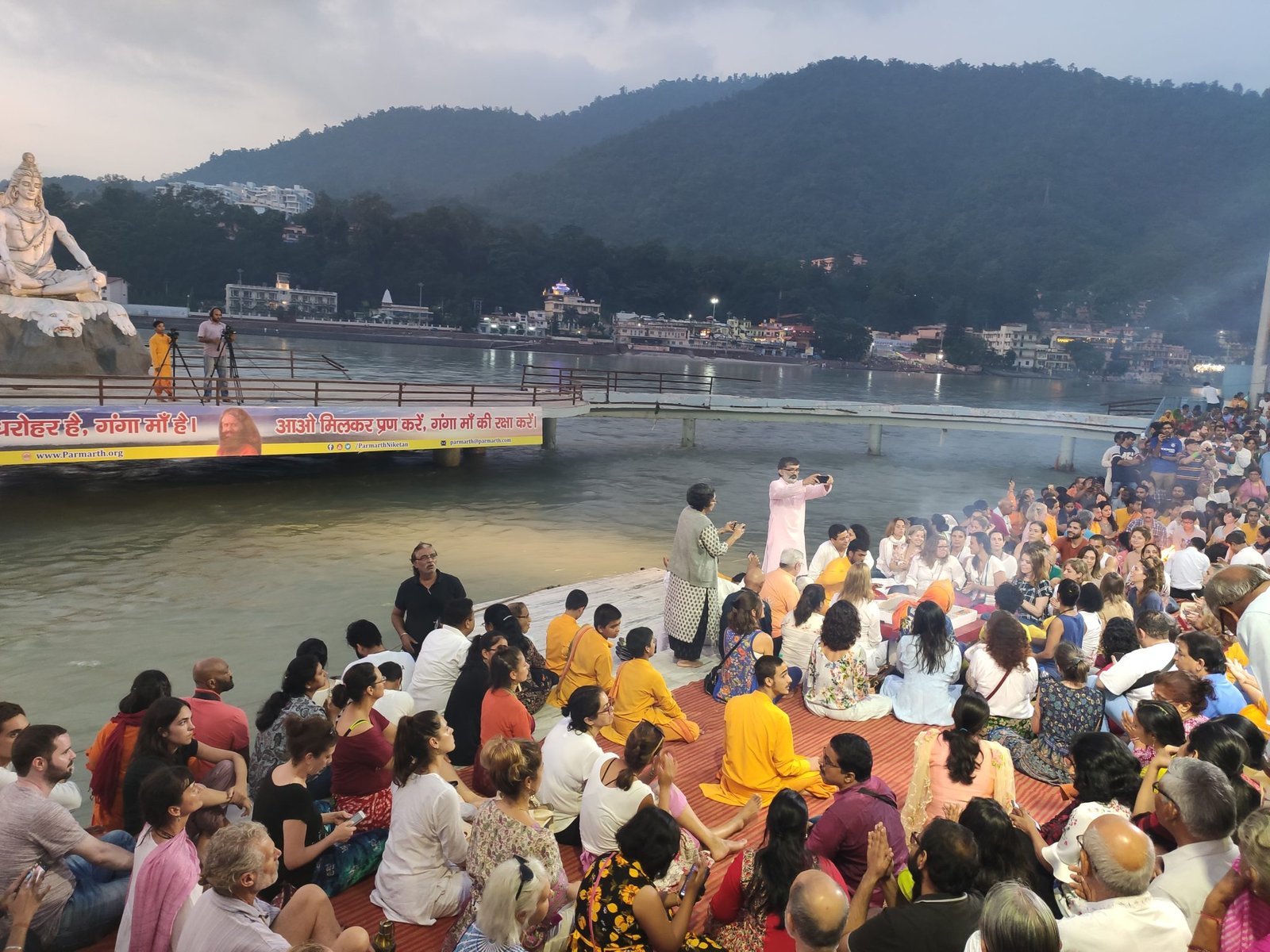
We start early the next day, because we must cover a long distance – 250km+. In the hills it means roughly 8-9 hours of driving. Add to it the 70-odd km of distance between Rishikesh and Devprayag is littered with broken roads and traffic jams which makes the journey harder.
Devprayag – a confluence of rivers Bhagirathi and Alaknanda – is a breather and our first stop. From there we drive along the flowing Alaknanda and march onto Srinagar – once the capital of the state and an enormously big hill town, perennially under construction. We have our lunch there at Rajhans Restaurant – famous not only for its food but also for so many pictures of religious sites that adorn its walls.
We keep following the Alaknanda and reach Rudraprayag – another confluence where Alaknanda meets Mandakini. The waters are getting clearer now and we leave Alaknanda to herself and drive along the Mandakini. Couple of hours and we are into the town of Guptakashi (and the mountains to the other side of Guptakashi is the fabled Ukhimath).
The heat of the lower hills is now converting into the chills of the higher mountains and we are forced to dig out our jackets and caps. 2 more hours of driving on broken roads, we reach our destination for the night – a one street town called Sonaprayag. The body needs Indian food and a night’s rest.
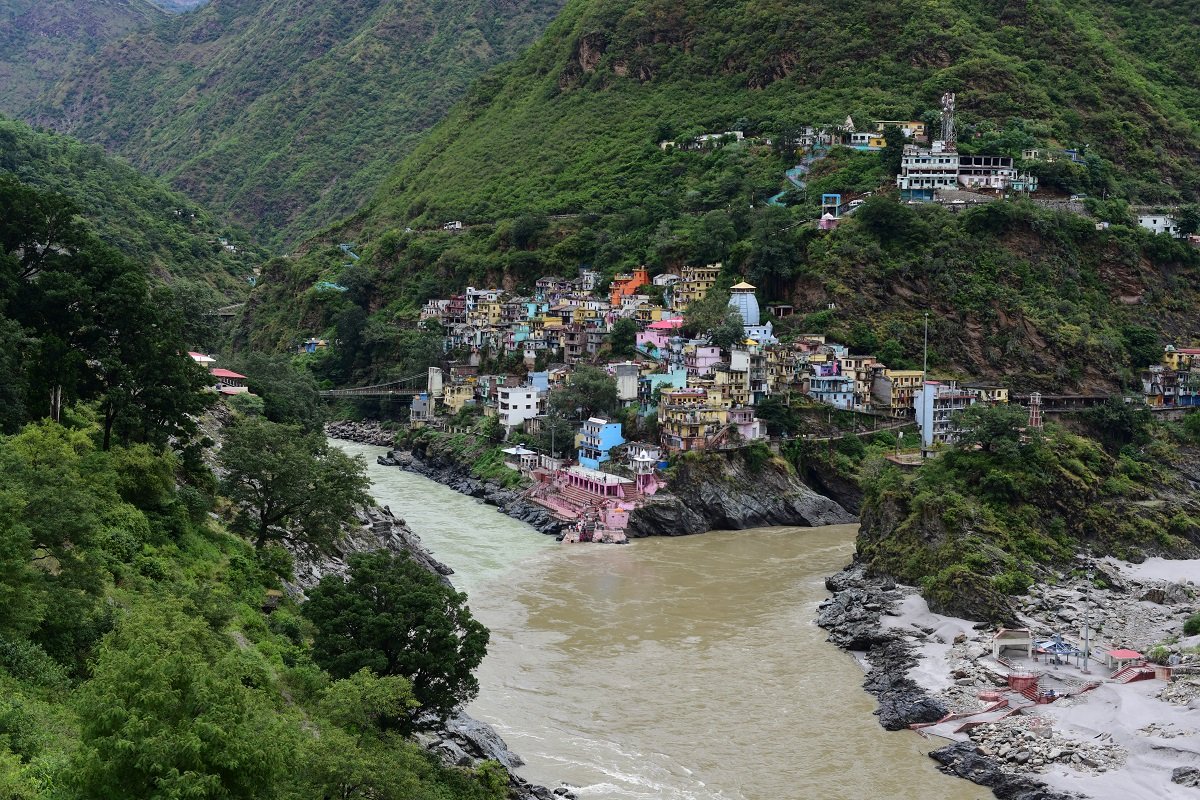

The base station for Kedarnath – Gaurikund is now just 4 km above in the hills. From there, it is a 17km one way climb up in the mountains. People accomplish this feat anywhere between 6 – 9 hours. It also takes between 5 – 8 hours to descend back.
We had planned to do all this within a day – and so queued up at 5am itself to get our visitor registrations done at Sonaprayag, and then hopped onto a local taxi for Gaurikund to start our climb. At 6am, we were on the track to Kedarnath.
The climb to Kedarnath starts gently with the Lords showing you the glimpse of those snow-covered mountains where he is seated, waiting for us. The first 3-4 km are quite gentle themselves and you reassuringly feel that everything is under control.
You stop for gazing at the waterfalls, you make more stops to drink lemonade or tea with biscuits. You even arrogantly brush aside vendors who ask whether you need a pony or “Pitthu” (people who carry others on their back for a fee). You feel on top of your world.

And then, things start to change. You reach a point called Ram Bara and the steep incline starts to show itself to you. At first, you see a couple of steep bends. You feel OK, can do it. As you do these, you feel energy and time draining out. When you reach the top of those bends, you find even more of those bends, higher, steeper, uneven.
One pulls out reserves of steel and aplomb and gets going, only to find time and energy draining out faster. By the time you have done 9kms – when you get to a big settlement of shops and people – you find that forenoon is on your head and the icy mountains and the temple are nowhere yet on the scene. 7km more to go and they are as hard as what the last 5km have been.
The Lord of the World doesn’t come to us easily. We hire a “Pitthu” for our son who is clearly struggling to climb any further, and trudge along. Will power reserves are called for and so after 8 hours of climbing, we find ourselves at the Base Camp – a place 1.5km still from the temple, but it is where the steep incline ends and gives way to a flatter avenue.
We eat our lunch, and with the need of rest, check-in into a GMVN (GMVN = Garhwal Mandal Vikas Nigam, the nodal body for development in these hills) hut. 2 hours of sleep and the body is better, though thoroughly aching.
We walk out of our hut into the better paved avenue that leads to the temple, in a gentle drizzle. It takes 15 mins only to cover the distance. As we turn the corner, we suddenly see the magnificent temple dawn upon us in its full majesty.
The next 200 meters of walk on the cobblestoned step way towards the temple is like a walk to the doors of Heaven. We do not notice anything, except the magic of the temple, calling us, patting us on our back for having made so far, encouraging us to come inside and have our share in the Lord’s generosity that this World is.

There are no crowds. The rains have now stopped and the mist around the mountains in this valley is clearing out. It brings out the icy mountains in all their glory. To me they resemble the Gods who are standing tall above us in this valley, protecting us from the wrath of this world. They are white, and they are green and some of them are even brown – but all of them, tall, gentle, benevolent.
The temple doors open at 5pm and we get in. This is where I notice a few things – like the reliefs on right side of the door are missing; that it is believed that the Pandavas prayed for Lord Shiva here – all of them have their statues inside the temple – smeared copiously with butter that doesn’t melt at this altitude; that there is a huge trident kept alongside its walls which has made its way from a place called Chauragarh in MP which has a very famous Shiva temple and where we once have been. But, these are just that.
As soon as we are in front of the Shiva Linga, every other thought fades out and the mind is empty. We just feel grateful that we could complete this journey. Tears swell in our eyes for no logical reason. We follow the queue out of the temple, still crying and then go in again one more time as there aren’t any crowd to keep us waiting.
Finally, after having our fill of the Lord, we come out, stroll around the platform, take pictures, have a coffee and wait for the evening Aarti to start. We stay till it gets over, then walk into our GMVN hut, have a relaxing dinner and get into our bed. The picture of my childhood days is reality now and I am resting at the same altitude as the Lord.
3:30am, we start our descent back. Amidst total darkness and a few street lamps but mostly aided by our smartphone torches we climb down. By 6am, we are at Ram Bara as dawn spreads its light and smartphones go back to our pockets. A little bit of an early morning breakfast and then off we go again. We reach Gaurikund by 8:30am and into our Hotel at Sonaprayag by 9am.
Today is the day to reach Badrinath, so we checkout and get back into our waiting car by 10am, but then that is another story for another day!



Things to keep in mind while planning Kedarnath tour
- It is a grueling climb both ways. We would recommend Choppers for seniors and children if you can. Choppers are available from various points at the foothills – Phata, Sersi etc and they all drop everyone to the Helipad between Base Camp and the Temple. It is the most convenient option for Kedarnath. Many people also opt for ponies (but do keep in mind that it still is a back-breaking 4 hours one way on a horseback climbing steep inclines. Not for the faint hearted). I think it is evil to be carried on “Pitthu” or “Paalki” – a palanquin carried up by 4 humans. If you are able bodied, you should walk.
- It will be extremely taxing to climb up and down the same day. Ensure, that you book a stay option at the top in Kedarnath before you start. In the offseason there is plenty of room available for a walk-in, but it is recommended that you reserve first during peak season.
- Weather does change without warning on the track. However, the track is dotted with shops who sell cheap rainwear (for less than a dollar) to expensive gears and umbrellas. At the top, it does get cold at night (8C to sometimes -2C). Bring clothing accordingly. Dress in layers.
How to reach Kedarnath
Dehradun is the nearest Airport (260km away) which has limited connectivity to major international airports of India. Haridwar is the nearest railhead (258km away), which is connected majorly to New Delhi. From either of Dehradun or Haridwar, one needs to get on by road to reach Gaurikund, the base for Kedarnath. It takes 8-9 hours to reach Gaurikund by road.
Where to stay at Kedarnath
There are limited options to stay in Gaurikund, so people prefer to stay at Sonprayag or Phata etc as there are helipads in those locations. Most hotels here are extremely affordable. One can also stay in towns like Rampur and Sitapur. Gaurikund is a 20 min drive from all these towns and locations.
However, only local taxis can ply these routes – in the name of conservation, but more practically because of lobbying. These taxis charge INR 20 per person, so it still is cheap.





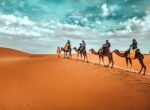
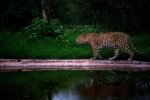

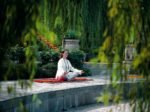
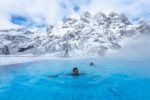
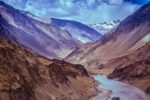
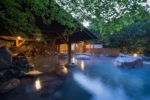
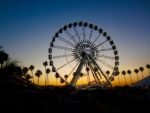
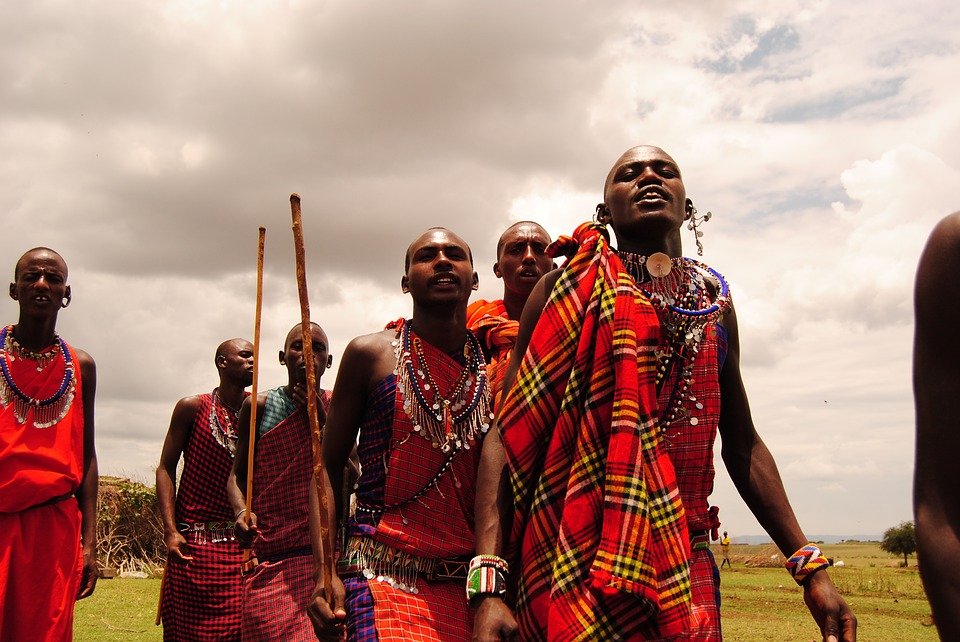

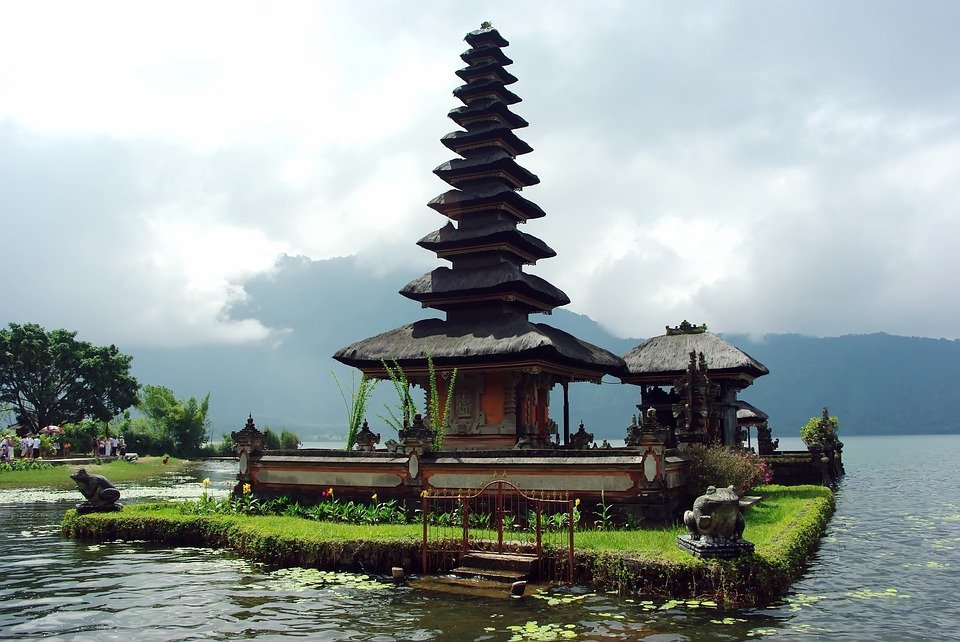

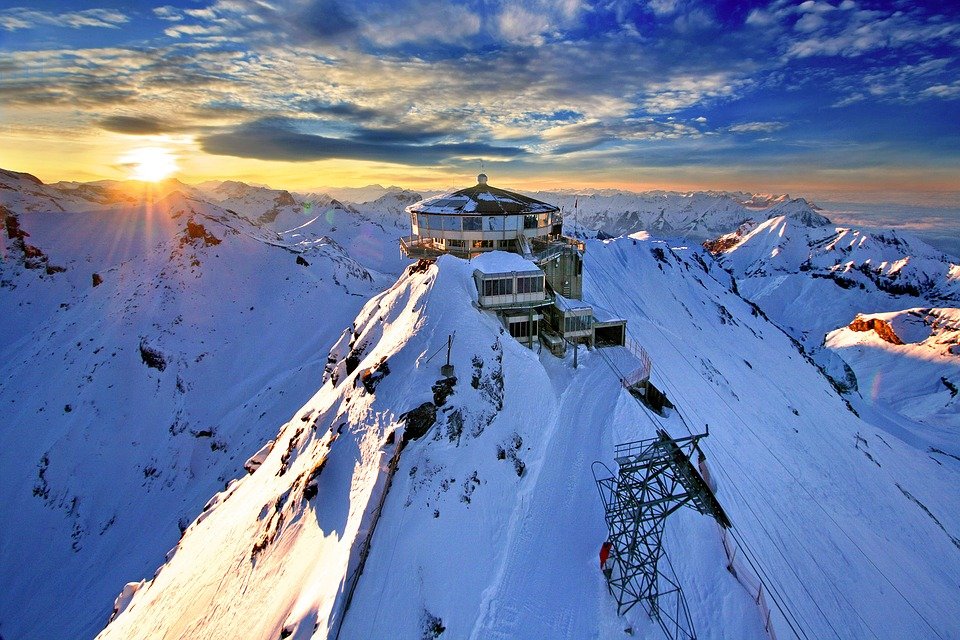
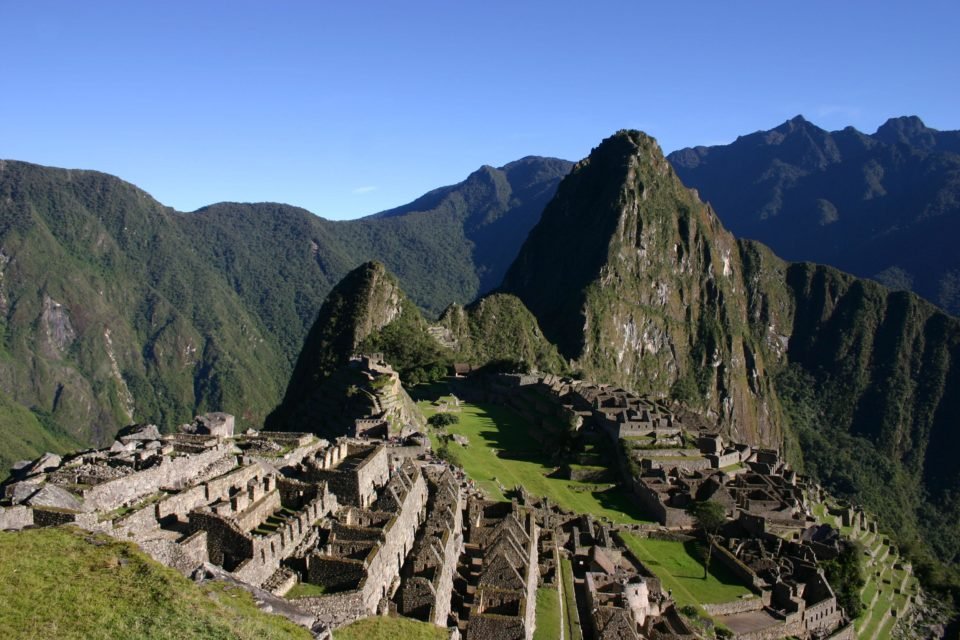
Wow. How nicely you have covered your trip in this blog